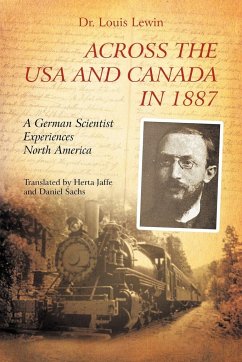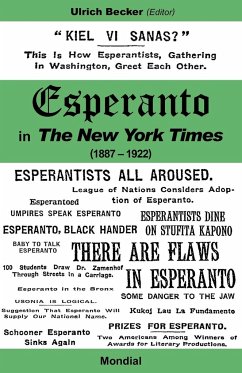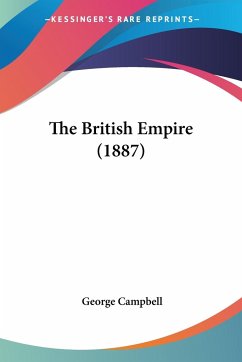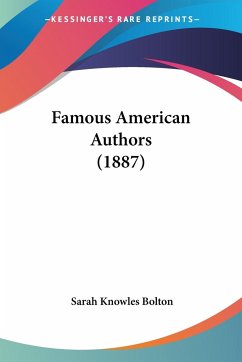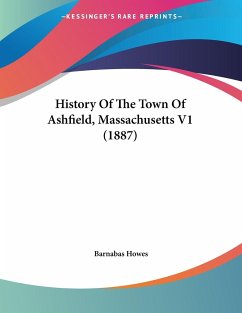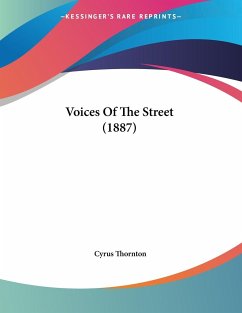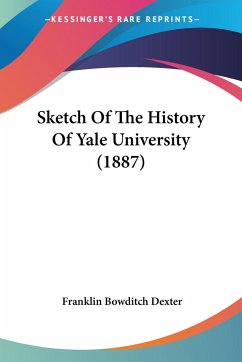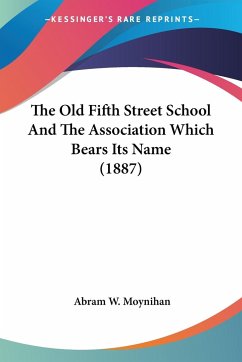In 1887, the renowned German scientist Louis Lewin and his uncle, John Warburg, set out across the Atlantic on what was to be an arduous seven-week journey spanning the North American continent, east and west. Lewin's wife, Clara, remained in Berlin with their daughters. In daily letters, Lewin shares with Clara his account of his trans-Atlantic trip, and of his subsequent travels by rail and steamer to Montreal, across Canada to Vancouver, thence to San Francisco, and from California back east. While in America, Lewin investigates the status of medical school education here, visits the newly-established laboratories of the Parke-Davis Co. in Detroit, Michigan, and attends the International Medical Congress held that year in Washington, D.C. A specialist in the study of poisons and hallucinogens, Lewin also visits the opium dens of San Francisco's Chinatown, graphically describing what he sees there. These letters are more than a pedestrian account of places visited and sights seen; they express Lewin's musings on the nascent economic power of the United States, on the disparities between rich and poor that were evident then, and on the natural resources that he observed from his train window. He is also frank about his likes and dislikes, and in assessing his own strengths and weaknesses. Louis Lewin was born in 1850 in Tuchol, in what was then West Prussia, to Orthodox Jewish parents fleeing the pogroms in eastern Poland. The family arrived in Berlin in 1856. His primary-school teachers, recognizing the young Lewin's aptitude for science, arranged for his admission to a renowned Gymnasium; that in turn enabled him to enter Berlin University. After receiving his medical degree there, Lewin's outstanding academic record would have been qualified him for a teaching position there, but the anti-Semitism of the time closed those doors to him. Instead, he set up a private laboratory and lecture hall. Medical school students flocked to attend his lectures, paying extra for the privilege. Lewin was an early advocate for industrial hygiene, explaining to German workers how they could avoid the ill effects of exposure to hazardous materials. During World War I, he attacked the use of poisonous gases in warfare. He is remembered today for his pioneering pharmacological research and for his wide-ranging writings. Chief among these are Phantastica (1924)(English translation 1932), and Poisons and Poisonings(1929). These travel letters were published in German in 1985 (2d ed. 1990) by Professors Bo Holmstedt and Karl-Heinz Lohs. The present edition was translated into English by Lewin's daughter, the late Herta Jaffe, and by his great-grandson, Daniel Sachs.
Hinweis: Dieser Artikel kann nur an eine deutsche Lieferadresse ausgeliefert werden.
Hinweis: Dieser Artikel kann nur an eine deutsche Lieferadresse ausgeliefert werden.

